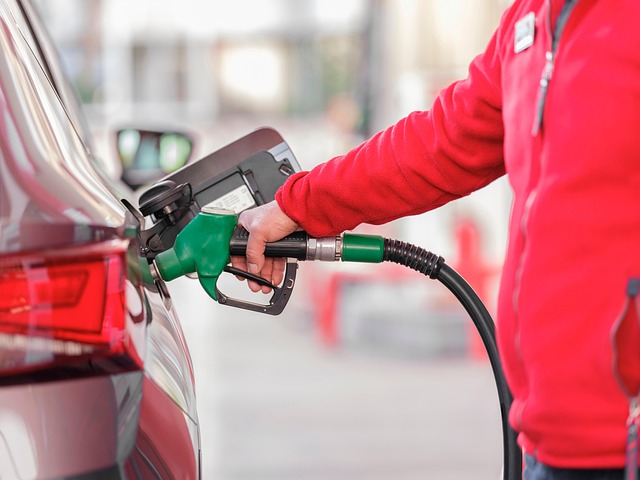
Oil refining process: how is it transformed into useful derivatives?
Crude oil, a complex mixture, undergoes a refining process to transform it into useful derivatives. Distillation separates the components by boiling point, cracking breaks heavy molecules into light ones, treatment removes impurities, and formulation creates specific products.
Crude oil, a viscous, dark liquid extracted from underground, is a complex mixture of hydrocarbons that, on its own, has little utility. For it to be transformed into the various products that power our daily lives, from fuels to plastics, a meticulous and sophisticated process is required: refining.
In this article, we will explore the steps of this process, revealing how crude oil is transformed into derivatives essential to modern society. click here for OPITO course in uae
From Crude to Derivatives: Unraveling the Oil Refining Process
Crude oil, in its natural state, is a complex mixture of hydrocarbons with little direct utility. Transforming it into the Oil refining process that power the modern world, such as fuels, plastics, and other essential materials, requires a complex and sophisticated industrial process: refining.
Distillation: Separating the Components:
The first step in refining is distillation, a physical process that separates the different components of oil based on their boiling points.
Crude oil is heated in a distillation tower, where the lighter components evaporate first, rising through the tower, while the heavier components remain liquid and sink downward.
Gases: The lighter components, such as methane and propane, are separated at the top of the tower and used as gaseous fuels.
Naphtha: A light liquid used as a raw material for the production of gasoline and other petrochemicals.
Kerosene: An intermediate liquid used as fuel for aircraft and heating.
Diesel: A heavier liquid used as fuel for trucks, buses, and ships.
Lubricating oils: Viscous liquids used to lubricate machinery and equipment.
Residues: The heavier components, such as asphalt and heavy fuel oils, are used for paving and power generation.
Cracking: Breaking Down Molecules:
Cracking is a chemical process that breaks down heavier hydrocarbon molecules into smaller, lighter ones, increasing the production of higher-value derivatives, such as gasoline and diesel.
Thermal cracking: Uses high temperatures to break down molecules.
Catalytic cracking: Uses catalysts to accelerate the reaction and produce high-quality derivatives.
Treatment: Removing Impurities
Crude oil contains impurities, such as sulfur and metals, which must be removed to ensure the quality of the oil and reduce environmental impact. Treatment involves several chemical and physical processes, such as:
Desulfurization: Removal of sulfur, which causes atmospheric pollution.
Hydrotreating: Use of hydrogen to remove impurities and improve the quality of oil.
Formulation: Creating Specific Products
The final stage of refining is formulation, where the different oils are blended and added to create specific products with desired properties. For example, gasoline receives additives to improve octane rating and clean the engine, while diesel receives additives to reduce pollutant emissions.


